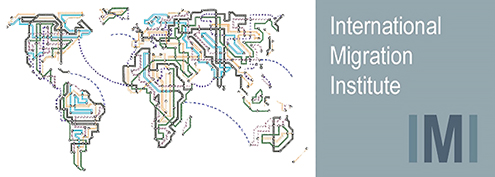Democratic Republic of Congo

Migration Dynamics in DRC: morphology, logic and impacts in Lubumbashi
This study investigated the changing patterns of emigration from Lubumbashi and immigration to Lubumbashi (of both DR Congolese, Chinese, Indians, Senegalese, and Nigerians); and the impact on both migrant and non-migrant households.
Lubumbashi is a mining town situated close to the border with Zambia, and in terms of migration, represents a microcosm of the country, with numerous and varied types of flows.
One motivation of this study was to fill significant gaps in empirical knowledge of migration in DRC, by examining it as a country of immigration, rather than viewing it merely as a country from which people are leaving. The study also examined the articulations between immigration and emigration in the country and analyse the configuration of migrations over time.
Overview of migration in DRC
Of the project countries, there was probably the least knowledge about migration in the DRC. It is the third largest country in Africa with an estimated population of about 60 million, and has over 200 different language groups.
DRC's location in the centre of Africa bordering nine neighbouring countries links it into multiple migration systems in different regions of Africa. Given that there are no roads across the country, for many people moving to a neighbouring country is much easier than trying to cross the length of DRC.
The brutality of the Belgian colonial regime established a pattern of forced migration that has continued to the present day. The chaos of independence, followed by ongoing political tensions and conflict in Central Africa have resulted in large-scale exchanges of refugee movements migration between DRC and most of its neighbours over decades. According to World Bank estimations, currently some 570,000 Congolese are living abroad, of whom 120,000 are in Europe and North America. However, the real number of Congolese abroad, in particular in African countries, is likely to be much higher because many migrants are not registered.
Although the vast majority of Congolese migrants stay within Africa, there have been significant movements to Belgium and, to a lesser extent, France to study or work. With increasing repression and economic decline in Congo, most did not return.
